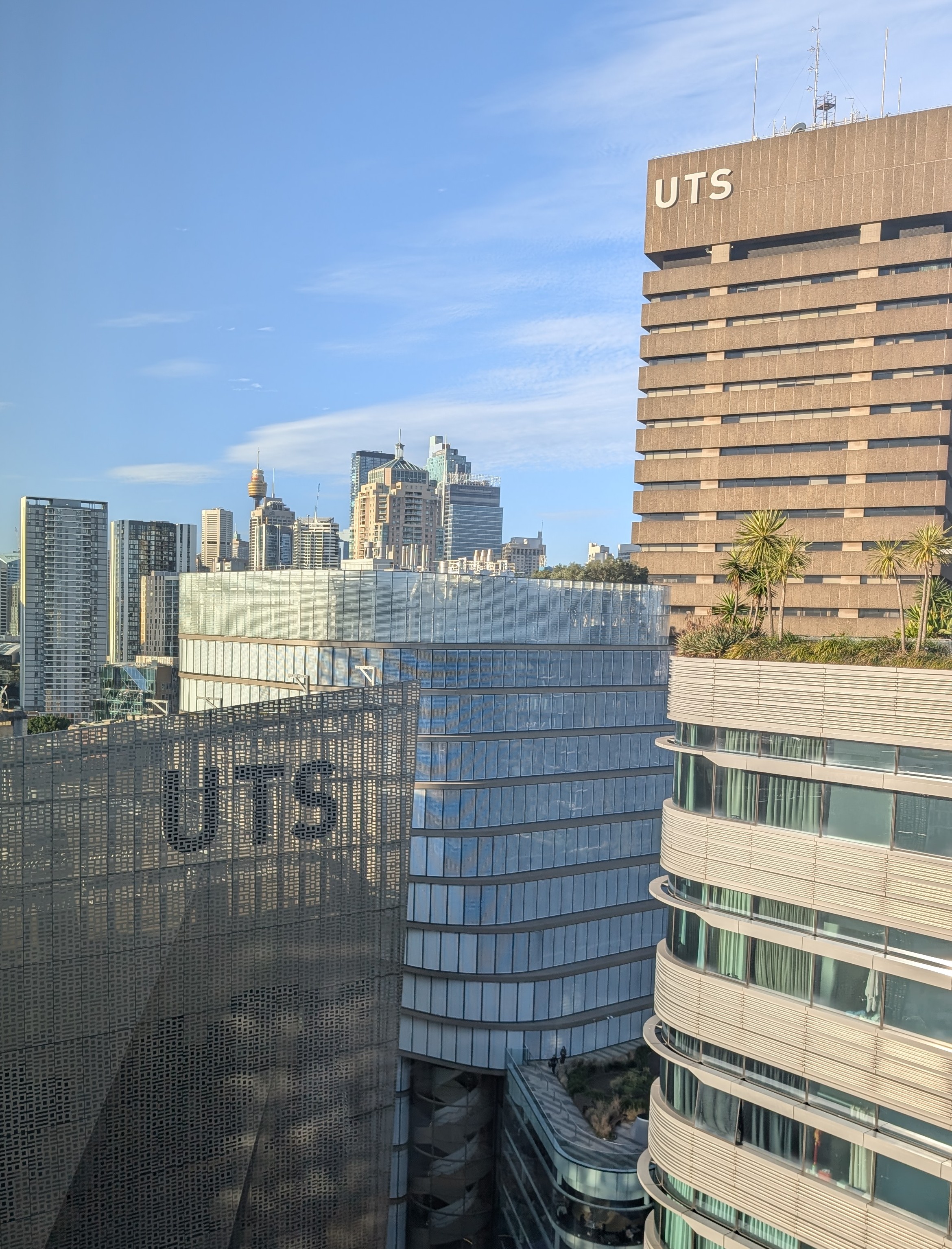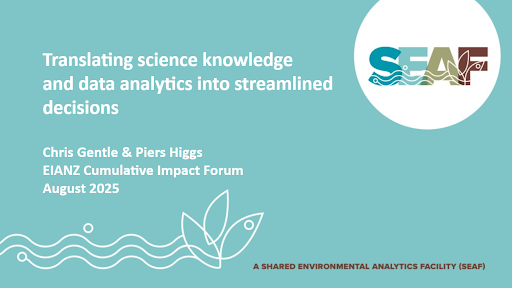A few weeks ago I got the opportunity to briefly speak at the Environmental Institute of Australia and New Zealand’s (EIANZ) Environmental Impact Symposium for 2025. The EIANZ put on an excellent event in Sydney, and a great recap of both days are on their LinkedIn page.
I was presenting along with Chris Gentle from the Western Australian Biodiversity Science Institute on our work with the Shared Environmental Analytics Framework (SEAF), where Gaia Resources is involved in the development of the Pilbara Biodiversity node of the project. We gave our presentation on day two, and our presentation can be picked up as a PDF handout below.
The event itself was really interesting to attend as both a speaker and as an attendee. On the first day there was an opening panel that set the scene for the workshop with some great ideas that left my brain fizzing away for the next couple of days - about transparency, environmental accounting, ecosystem services, common species being missed completely, social impact assessment and others.

The rest of the talks on day 1 didn’t disappoint either; there were a range of good resources for things that are east coast focused that I just didn’t already know about - especially some of the guidance statements around Environmental Impact Assessment (EIA) from other States. My professional history in this area has been very Western Australia focused, so there were some good resources there to follow up on, and are quite relevant for our work in a range of areas at Gaia Resources, where we find ourselves often supporting organisations that are undertaking an EIA, or building systems for the regulators to capture and manage the data from EIA.
Day two had me getting more information about similar areas, and some completely different ones as well. I learned that you can use LiDAR to even pick up birds flying around below the sensors, some of the differences between environmental legislation in different States, and that wildlife-vehicle collisions are still a large proportion of native animal deaths. Some of which surprised me - and others sadly didn’t.
Our talk was scheduled on day two with others in the “Practice of Cumulative Impact Assessment” stream; we presented with other groups that we are also working with or alongside in SEAF, including Helen O’Neill from RSK Group and our colleagues from Rio Tinto, who are supporting the SEAF project as well. The symposium also offered great opportunities to catch up with our colleagues, and to meet some new ones, as they had done a great job of scheduling the sessions with plenty of networking opportunities as well.

So, while the week was a bit of a whirlwind of a trip for me, with additional travel to see our clients in Canberra as well afterwards, it was a good way to spend a couple of days immersed in the practical and science around EIA - very useful for Gaia Resources as we can even better understand what is happening in this space, and better support our clients (and yes, I wrote up an internal knowledge share slide deck on the event that’s done the rounds to spread that knowledge about).
The symposium was a great event, and thanks to the EIANZ for the opportunity to present and be part of it. The EIANZ also have their annual conference in Perth later this year in October, so we’ll be looking to attend that in some capacity - let us know if you’ll be there so we can catch up!
Piers